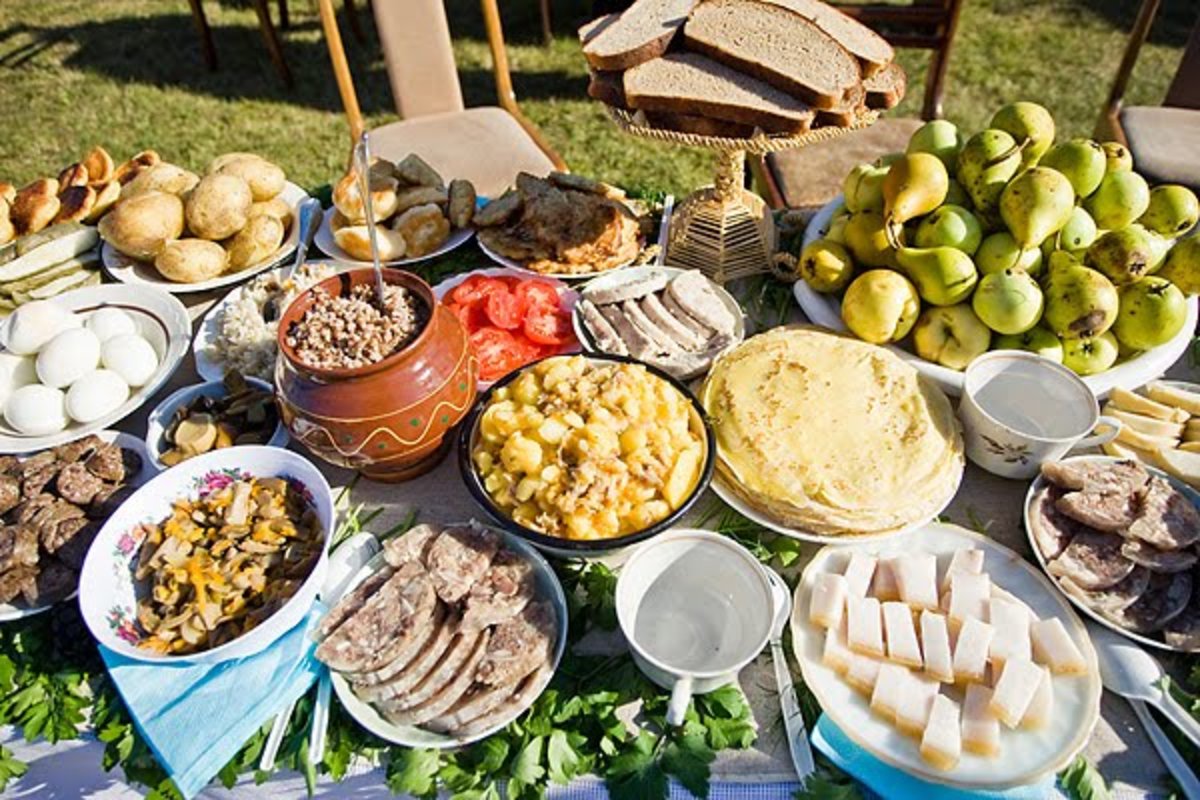What Exactly Counts as Eastern European?
As a kid I was always taught that Hungary is strictly in Central Europe. More precisely, it is located in the eastern part of Central Europe. Gosh, I can still hear the stern voice of my teachers: “Kids, repeat after me! Hungary is in Eastern Central Europe. Not Central Eastern Europe. God forbid anybody assumes even just for a moment that we are in any way associated with Eastern Europe.”
Such subtle semantic minefields were hard to navigate as a 12-year-old in geography class sweating from her whole body afraid of making the teachers angry. And as it happens to turn out, now that I am an adult and actually capable of not only reading a map but understanding the subtleties of global geopolitics, I live completely outside of it. In the UK, where I currently spend my days pondering on cardinal directions, this problem was rapidly dismissed by declaring every country in the former Eastern Bloc as Eastern Europe.
To people here, I am the very epitome of this Eastern Europe, the one that grew up in a city full of Soviet panel blocks, the one that ate gulyás every Sunday, the one that speaks an unforgettable language.
While residues of the 12 years I spent in the Hungarian public education system cannot be erased so easily, I am starting to embrace my Eastern European status here, despite being able to look at a map and recognise the middle. Whether we call it Eastern Europe or Central Europe, Hungary is still in the same place. My spa waters feel just as healing in the east or the centre. My summers are just as relentlessly hot. My paprika just as spicy. My tea just as fruity. And my childhood just as Hungarian.
However, while I do not especially care for these labels in my private life – much like a dog without a name, I’ll listen to any – writing this article, I am starting to understand the need for a word that encompasses the exact territory that I want to cover. I have decided on Eastern Europe for many reasons. First and foremost, the idea of making my former history teacher fume with anger makes me inexplicably giddy. But secondly and perhaps more rationally, while geographically Hungary might be in the middle, culturally it fits into the group of countries all around it that are in the central and eastern parts of Europe.

So for the sake of clarity, when I mention Eastern Europe in this article, I am referring to the variety of cultures and peoples within the geographical borders of Hungary, Czechia (formerly the Czech Republic), Poland, Slovenia, Slovakia, Serbia, Kosovo, Bulgaria, Romania, Moldova, Ukraine, Belarus, Lithuania, Latvia, and Estonia.
The Very Best of Eastern European Food
Now, writing about one country’s food culture is hard enough: different regions will have varying traditions, ingredients, perhaps even climates. (Over)General statements may be unavoidable, and caveats are an absolute must. So is respecting borders. Unfortunately, language, culture, food, history – they don’t mind generalising and have no specific opinion of caveats, but gosh, they have a hard time respecting borders. They don’t adhere to maps, laws, or fences. Music, dances, fashion, traditions, and cooking habits travelled freely long before the European Union gave this right to its people. So yes, Eastern European countries’ cultures will have many similarities. They all have castle ruins in their cities let over from past monarchies. Or former palace grounds turned into botanical gardens. They all celebrate Women’s Day with such fervour that would make every florist and chocolatier go green with envy in Western Europe. They bring out the celebratory cake and cards and presents not once but twice a year, on birthdays and on everybody’s nameday. And damn us if we don’t have the most fabulous fold dresses with beautiful handcrafted floral patterns.

This is not to say Eastern European cultures are identical. Far from it, in fact. However, in this article I want to focus on what it is that unites us (unexpectedly mainly from a food perspective). The abundant, hearty, filling, meaty, soupy and stewy food that keeps you warm in the winter, nourishes you during tough times, and leaves you sweaty in the 35 degrees summers.
Below, I have collected some dishes from the Eastern European region, all most probably contested, and attributing each to just one country will probably get me cancelled in the other. However, if there is only one thing we have to agree on is that all our food is incredibly fabulous and worth getting in front of bigger audiences.
Discover more from SuperD24
Subscribe to get the latest posts sent to your email.

